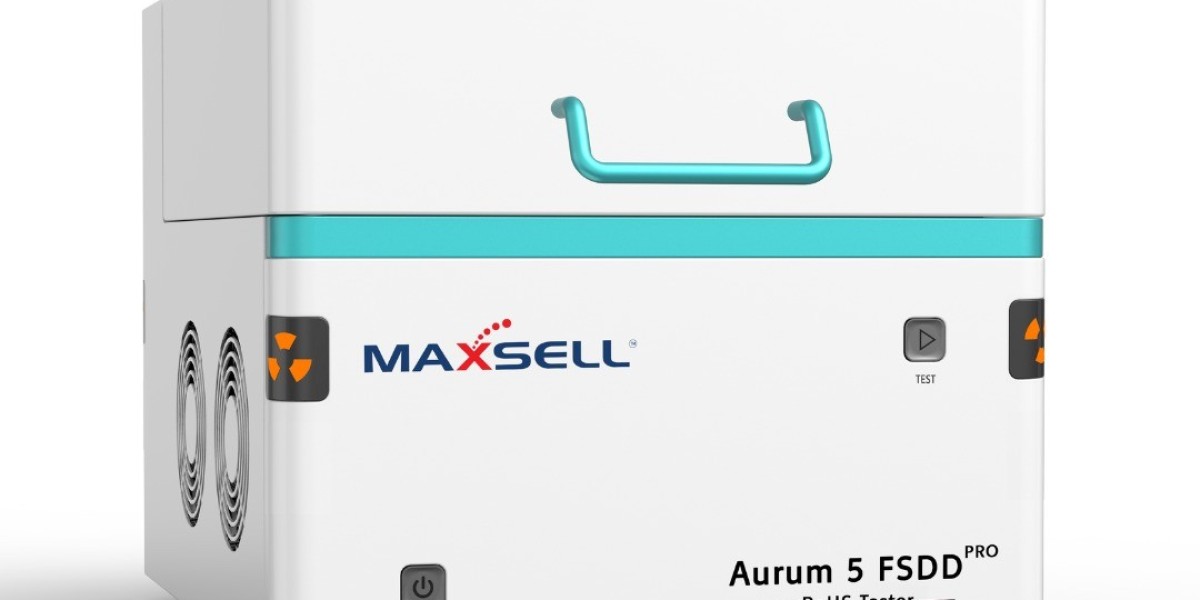The Restriction of Hazardous Substances (RoHS) directive has become a critical compliance requirement in manufacturing industries across the globe. Introduced to limit the use of specific hazardous materials in electrical and electronic products, RoHS compliance ensures safety, environmental protection, and sustainable product development. To meet these standards efficiently, manufacturers and quality control teams rely on highly advanced RoHS Testing Equipment. Choosing the right equipment can make a significant difference in the speed, accuracy, and reliability of testing processes.
Precision and Accuracy in Element Detection
One of the most essential features to consider in RoHS testing systems is their accuracy in detecting restricted substances like lead (Pb), mercury (Hg), cadmium (Cd), hexavalent chromium (Cr6+), and certain flame retardants. High-precision analyzers are capable of identifying even trace levels of these hazardous elements. X-ray fluorescence (XRF) is a widely used non-destructive technique that provides accurate readings without altering the sample. Devices equipped with advanced sensors and powerful software algorithms can deliver results with a high degree of confidence, which is crucial for maintaining compliance and product integrity.
User-Friendly Interface and Software Integration
Modern RoHS testing machines come with intuitive user interfaces and comprehensive software platforms. These tools are essential for ensuring ease of operation, especially for non-technical staff. A user-friendly interface allows for quick training and minimizes the chances of human error. Furthermore, seamless software integration helps in data management, reporting, and traceability. The ability to store, export, and analyze test results over time also supports quality assurance and regulatory audits.
Compliance with International Standards
When selecting testing equipment, it is critical to verify whether the machine complies with recognized international standards. The equipment should align with RoHS 2 (Directive 2011/65/EU) and the updated RoHS 3 (Directive 2015/863) regulations. Tools that meet ISO and IEC certifications offer added assurance of quality and global compliance. In industries such as automotive, aerospace, medical devices, and consumer electronics, this ensures that components meet legal requirements for various markets worldwide.
Versatility in Sample Testing
A key benefit of advanced RoHS testing systems is their ability to accommodate a wide range of sample types and sizes. Whether you are analyzing small electronic components, cables, plastics, or finished devices, the equipment should offer flexible testing modes. Some systems are capable of screening both homogeneous and heterogeneous materials, allowing for broader applications in production environments. This flexibility reduces the need for multiple testing setups, improving operational efficiency.
Speed and Efficiency in Testing
Time is often a critical factor in quality assurance and production workflows. Equipment that offers rapid testing without compromising on accuracy can significantly boost productivity. Some machines can deliver reliable results within seconds, making them suitable for real-time analysis and high-throughput environments. Fast detection capabilities are particularly useful when large batches of products require testing before dispatch.
Long-Term Cost Efficiency and Low Maintenance
Investing in RoHS testing equipment should also be evaluated in terms of long-term value. Look for systems that require minimal calibration, offer durable components, and have low operating costs. Portable and benchtop models with energy-efficient designs can help reduce overhead expenses while maintaining high performance. Additionally, machines with self-diagnostic features can detect internal issues early, reducing downtime and maintenance costs.
Portability and Compact Design
In manufacturing plants and on-site testing situations, the physical design of the equipment matters. Compact, lightweight systems offer ease of mobility and setup, especially in environments with space constraints. Some handheld models allow for immediate testing at different stages of the supply chain, making it easier to identify non-compliance before it becomes a costly issue.
Conclusion
Choosing the right RoHS Testing Equipment is a strategic decision that impacts not only regulatory compliance but also the overall quality assurance framework of your production process. Features like high detection accuracy, international compliance, user-friendly software, and cost-effectiveness should be at the core of your evaluation criteria. With the right equipment in place, manufacturers can uphold environmental standards, meet market regulations, and protect end users from hazardous substances—ultimately contributing to a safer, greener future.






